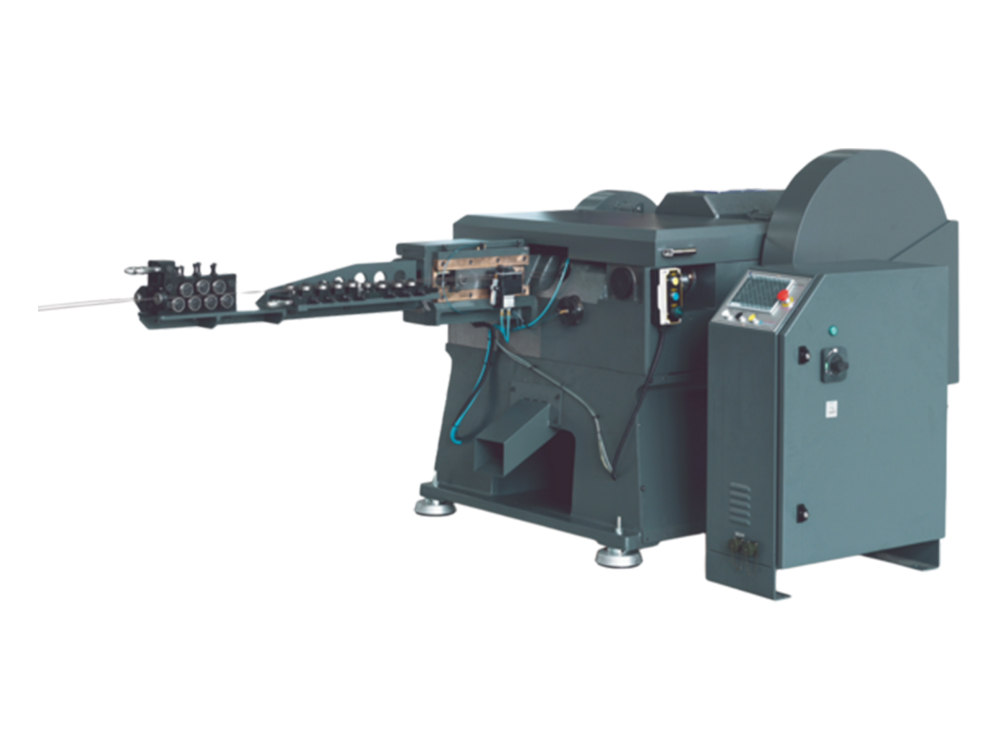Quality Assurance (QA) has undergone a significant transformation in recent years, evolving from traditional manual testing to advanced, automated solutions that are faster, more efficient, and smarter. In today’s fast-paced software development landscape, maintaining high quality while meeting tight deadlines is critical for businesses. To stay competitive, many companies are embracing new trends and technologies that promise to reshape the future of QA. This blog explores what’s next for QA and the emerging trend that are transforming the industry.
The Shift Towards Continuous Testing Software
One of the most promising developments in QA is the adoption of continuous testing software. In agile and DevOps environments, where frequent code changes are the norm, it’s essential to ensure that every update is thoroughly tested to prevent bugs from slipping into production. Continuous testing software enables teams to test code in real time, catching defects as soon as they’re introduced. By embedding testing directly into the software development lifecycle, QA teams can provide instant feedback and prevent costly issues down the line.
Continuous testing goes beyond traditional testing phases by integrating testing activities throughout the entire development pipeline. For example, automated tests can run immediately after a developer commits new code, providing instant insights into potential issues and allowing teams to address them right away. This proactive approach reduces the time and effort required for later testing stages, ultimately leading to faster, more reliable software releases.
Additionally, continuous testing software is compatible with a range of testing types, from unit and integration testing to end-to-end testing. This flexibility allows QA teams to establish a comprehensive testing environment that covers every aspect of the application, ensuring higher quality standards across the board.
The Rise of AI Functional Testing
Another game-changing trend in QA is AI functional testing. Functional testing is essential for verifying that each feature of an application works as intended. However, with frequent code changes and new releases, manually creating and maintaining test cases can be time-consuming and error-prone. AI functional testing addresses this challenge by automating and enhancing the functional testing process with intelligent algorithms and machine learning.
Using AI, QA teams can automatically generate and update test cases based on code changes and historical testing data. AI functional testing tools can also predict high-risk areas of the application, focusing testing efforts where issues are most likely to arise. This predictive approach optimizes testing resources, allowing teams to prioritize the most critical areas and detect potential bugs faster. Moreover, AI-powered tools are capable of self-healing, meaning they can adjust tests when application elements change, reducing the need for manual maintenance.
AI functional testing represents a new level of testing intelligence, enabling QA teams to increase both speed and accuracy while keeping pace with continuous integration and deployment demands.
Test Automation in the Cloud
With cloud-based infrastructure becoming more accessible, test automation in the cloud is an increasingly popular trend in quality assurance. Cloud environments offer scalable, on-demand resources that allow QA teams to run complex automated tests across various configurations, such as different operating systems, devices, and network conditions. Cloud-based testing platforms reduce the need for physical infrastructure and allow for testing flexibility on a global scale, simulating real-world conditions more effectively.
Using cloud environments, teams can access powerful testing tools from anywhere, which enhances collaboration and productivity in remote and distributed teams. Cloud platforms also support parallel testing, meaning multiple tests can run simultaneously, significantly reducing testing time and enabling quicker feedback loops. As cloud providers offer continuous integration and deployment capabilities, teams can automate end-to-end testing in cloud environments, creating a seamless testing pipeline from development to production.
What the Future Holds for Quality Assurance
The future of QA will likely see even more integration with AI and automation technologies, as well as an increased emphasis on speed and adaptability. With continuous testing software and AI functional testing, QA teams will be better equipped to handle the demands of today’s fast-paced development cycles, ensuring high-quality releases without sacrificing agility. Embracing these innovations allows companies to build more resilient testing processes, minimize risks, and deliver superior user experiences.
Ultimately, quality assurance is evolving from a separate stage to a continuous, intelligence-driven practice, embedded across every step of software development. By staying ahead of these trends, organizations can achieve a new standard of software quality, delivering products that meet user expectations and drive business success.

















